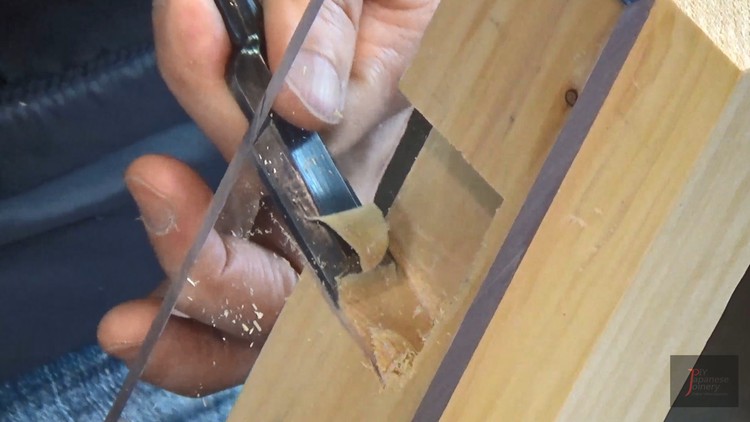
Pick-Ups from ‘Joinery Intensive’ course at DIY Japanese Joinery
What you will learn
Students will learn some typical joints used in Japanese woodworking.
Students will be able to choose the best joint for each project, their best dimensions, and how to lay them out and cut them.
Start at the very beginning and understand the basics of Japanese woodworking.
Students will be able to best use timber and how to read the wood grain.
Students will be able to make the most of solid wood.
Through repetition the student will gain confidence with this unique technique.
Students will learn the basic posture when using hand tools, how to move them, and how to adjust them.
Description
In this course you will learn the best proportion for each joint, which joint to choose, about layouts and how craft them. Also through this course, you will discover the joy of cutting the materials by hand, and forming things by assembling them.
Welcome to the world of analogue skills in the digital age!
What Our Happy Students Are Saying
Japanese Joinery can have a steep learning curve, and there is a lot of information out there that makes it difficult to make a start. But, I found Hisao’s instructional style to be excellent. He covers the basics with exceptional detail, it gave me a really solid foundation to not only make high-quality pieces, but to genuinely enjoy the process. Repeated viewings always reveal something that you may have overlooked or forgotten. I’m learning something every time I come back to these instructions!
Brett
After watching countless videos about Japanese joinery on YouTube I stumbled across DIY Japanese Joinery wanting to learn about the actual techniques rather than watching a professional carpenter make something from start to finish without any explanation. I was overwhelmed at first with all the content Hisa has put together and didn’t realise how much actually goes into everything before one even puts a chisel to wood! Preparing and sharpening a Japanese chisel is a lot different to the wet sandpaper techniques you see western chisels being prepared for their first use!! I would highly recommend joining DIY Japanese Joinery even if it’s purely out of curiosity as you will have access to information and techniques that I can only assume are privileged to the apprentices of Japanese master carpenters!
B Eckersley
Content